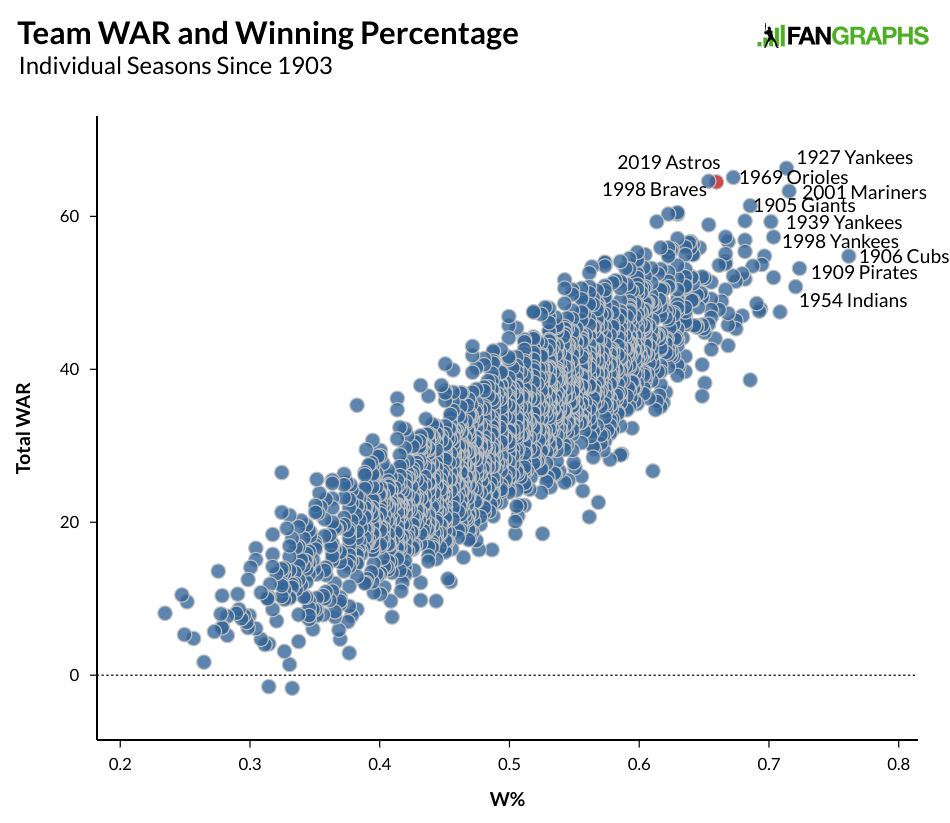Wild, Wild East: The Braves Sign Will Smith
It seems like only last week, I was jamming 14 Will Smith movies into a single paragraph of free agent hype, taking an obvious joke well past its logical conclusion. What would I do when Will Smith actually signed? Use the same movie jokes again? I wasn’t too worried about it. Free agents take months to sign! The Giants had made Smith a qualifying offer. No less a reliever than Craig Kimbrel had languished on the vine until after the amateur draft in similar circumstances. The same jokes could be funny again in a few months.
Well, the joke’s on me, because Smith signed a three-year, $40 million contract with the Braves yesterday. What follows is a level-head, straightforward analysis of that transaction. Just know that, if it weren’t so close in time, I’d probably have written another article of movie names.
The Braves fit a classic archetype of team that looks for free agent help. Their young core gelled impressively in 2019. Ronald Acuña Jr. and Ozzie Albies keyed the offense, while Mike Soroka, Max Fried, and Mike Foltynewicz provided the starting pitching. The team had veteran help, of course: Freddie Freeman chipped in his usual stellar offense, Josh Donaldson was superb in a bounce back year, and Dallas Keuchel provided much-needed innings on his own one-year deal.
They also have payroll room. With Donaldson and Keuchel re-entering free agency, they only had $100 million in expected commitments for 2020 before the Smith signing. With Acuña and Albies signed long-term to (some would say exceedingly) team-friendly contracts, it makes perfect sense to spend on the rest of the roster, maximizing their playoff chances while they have a strong foundation to build from. Read the rest of this entry »

